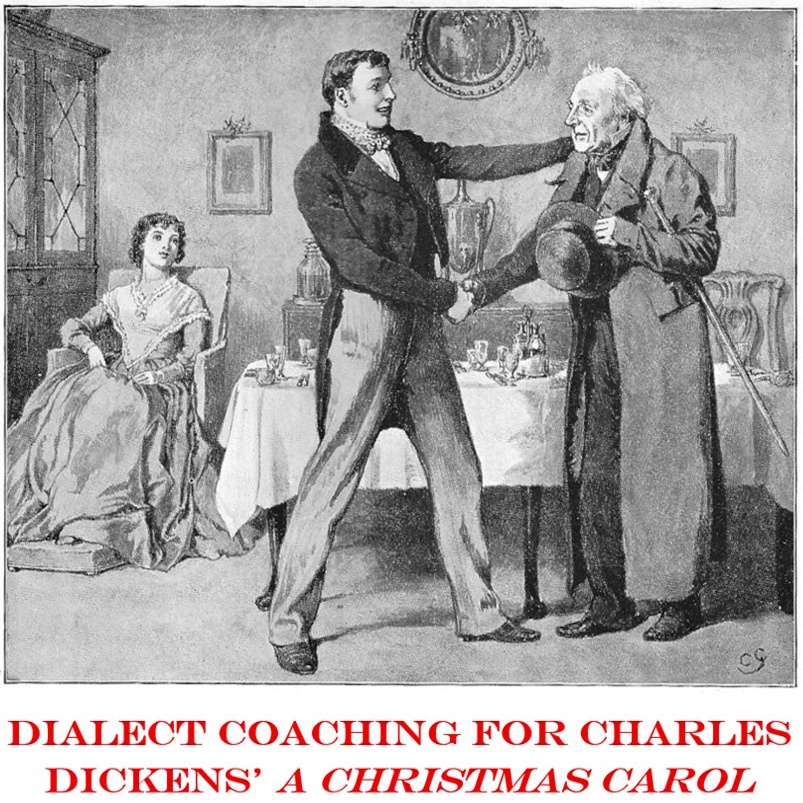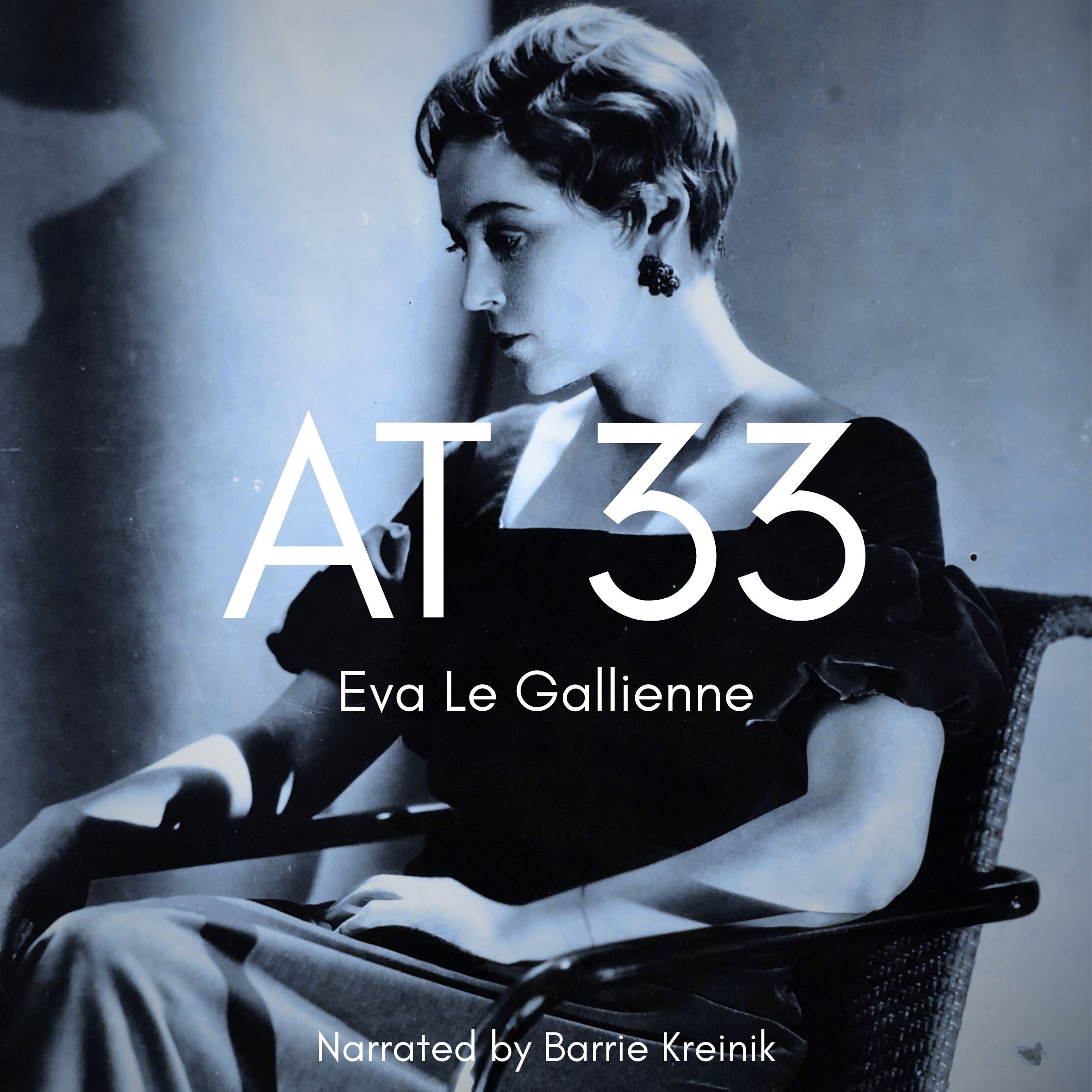Singapore 1
Listen to Singapore 1, a 28-year-old man from Singapore. Click or tap the triangle-shaped play button to hear the subject.
Both as a courtesy and to comply with copyright law, please remember to credit IDEA for direct or indirect use of samples. IDEA is a free resource; please consider supporting us.
BIOGRAPHICAL INFORMATION
AGE: 28
DATE OF BIRTH (DD/MM/YYYY): N/A
PLACE OF BIRTH: Singapore
GENDER: male
ETHNICITY: South Asian Indian
OCCUPATION: engineer
EDUCATION: bachelor’s degree
AREA(S) OF RESIDENCE OUTSIDE REPRESENTATIVE REGION FOR LONGER THAN SIX MONTHS: N/A
OTHER INFLUENCES ON SPEECH:
Subject’s second language is English. He started learning it from non-native-speaking teachers in school around the age of 5. He has been speaking an English-based Creole known as “Singlish” as a first language for as long as he can remember. He learned Mandarin Chinese as a second language all the way to high school as part of his school curriculum.
The text used in our recordings of scripted speech can be found by clicking here.
RECORDED BY: N/A
DATE OF RECORDING (DD/MM/YYYY): N/A
PHONETIC TRANSCRIPTION OF SCRIPTED SPEECH: N/A
TRANSCRIBED BY: Subject
DATE OF TRANSCRIPTION (DD/MM/YYYY): 28/02/2007
ORTHOGRAPHIC TRANSCRIPTION OF UNSCRIPTED SPEECH:
OK, I, I was born in Singapore, and have lived here, uh, for all of my life. I went to, uh, public schools in Singapore, and I, uh, am fluent in two languages: uh, English and Mandarin Chinese. Uh, the history of Singapore is very unique. It was, uh, established as a — as a British colony, as early as 1819, and, uh, it is essentially a migrant nation — uh, the migrants being from various parts of Asia that came here to look for work. The largest, uh, group — ethnic group — is the Chinese. And they form about three-quarters of the population. Uh, the next largest group are the Malays. The Malays and the indigenous ethnic group in Singapore and mainland Malaysia. The third largest group are the migrants that came from South Asia, and most of them came from Southern India — uh, primarily from the state of Tamil Nadu. And the last uh, group, uh … the smallest minority group is, uh — other groups, uh — that are the offsprings of European settlers and the Asian ethnic groups. They are collectively known as the Eurasian people, being, uh, a combination of the words Europe and Asia, and they, uh, primarily, uh, uh — they speak English, so there are four official languages in Singapore as such: uh, English, uh, Mandarin Chinese, uh, Tamil — which is a South Asian Indian Language — and, uh, Malay. Uh, thank you.
TRANSCRIBED BY: Faith Harvey
DATE OF TRANSCRIPTION (DD/MM/YYYY): 29/02/2008
PHONETIC TRANSCRIPTION OF UNSCRIPTED SPEECH: N/A
TRANSCRIBED BY: N/A
DATE OF TRANSCRIPTION (DD/MM/YYYY): N/A
SCHOLARLY COMMENTARY: N/A
COMMENTARY BY: N/A
DATE OF COMMENTARY (DD/MM/YYYY): N/A
The archive provides:
- Recordings of accent/dialect speakers from the region you select.
- Text of the speakers’ biographical details.
- Scholarly commentary and analysis in some cases.
- In most cases, an orthographic transcription of the speakers’ unscripted speech. In a small number of cases, you will also find a narrow phonetic transcription of the sample (see Phonetic Transcriptions for a complete list). The recordings average four minutes in length and feature both the reading of one of two standard passages, and some unscripted speech. The two passages are Comma Gets a Cure (currently our standard passage) and The Rainbow Passage (used in our earliest recordings).
For instructional materials or coaching in the accents and dialects represented here, please go to Other Dialect Services.
 IDEA: International Dialects of English Archive
IDEA: International Dialects of English Archive




